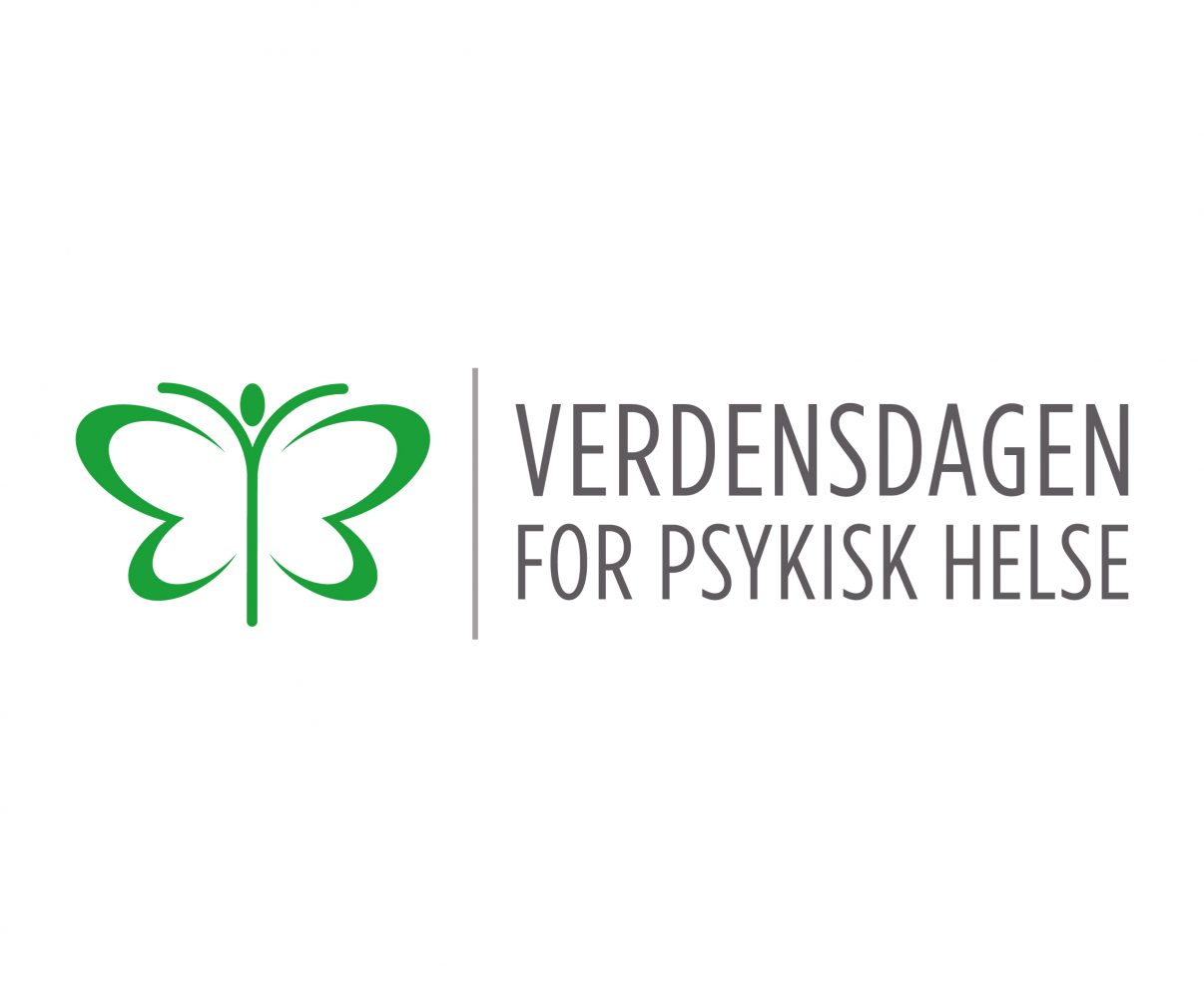MENTAL HEALTH – is defined by the WHO a state of well-being in which every individual realizes his or her own potential, can cope with the normal stresses of life, can work productively and fruitfully, and is able to make a contribution to her or his community (WHO)
Maintaining a state of well being includes managing everyday stress in life. To cope with stressors of daily living, we can borrow from Salutogenesis where one needs to understand the stress triggers (comprehensibility), have the correct resources to address the stress triggers (manageability) and whatever is being resolved should be meaningful or of value to the person (meaningfulness). Meaningfulness helps to keep the person motivated to resolve the stressors (Mittelmark and Bauer, 2016).
In addition, determinants of mental health (WHO) should be addressed in a positive way. These include among others, multiple psychological, social and biological factors, e.g Persistent socio-economic pressures including poverty and low levels of education.
Poor mental health is also associated with rapid social change, stressful work conditions, gender discrimination, social exclusion, unhealthy lifestyle & lack of physical activities, risks of violence and physical ill-health and human rights violations. The government and local municipalities should address these conditions to improve the mental wellbeing of the inhabitants.
Promoting mental health requires interprofessional and inter-sectoral strategies according to the WHO e.g:
- During pregnancy, women need follow ups by qualified doctors and midwives for ante-natal care. The age and health of mother should be taken into consideration for first time mothers or whether they have planned/unplanned pregnancies. Ensure proper adequate nutrition and exercise.
- Early childhood interventions include home visits for women after childbirth, vaccinations and developmental follow ups. There is need for pre-school psycho-social activities, nutritional and psycho-social help for disadvantaged populations.
- Support to children in general including skills building programs, child and youth development programs. Allow youths and children to express their feelings and respect them. Nutrition is important and respond to children’s needs.
- There is need for Mental health promotional activities in schools e.g. programs supporting ecological changes in schools, stop bullying programs and child-friendly schools. Includes talking, playing, physical activities and providing a stimulating learning environment.
- Adolescents need strategies that also address, poor nutrition and physical health, exposure to harmful substances, neglected /orphaned children, discrimination, bullying, suicide, pathological use of internet, teenage or early pregnancies, child soldiers and Family breakdown
- SCHOOL HEALTH SERVICES and health centers for the youths are important.
- Mental health interventions at work should include stress prevention programs, facilities for exercising, anti-bullying programs, social activities, interviews with leaders, abiding by the work environment act, putting in place counsellors, union & safety representatives and lastly, ensure that there is a balance between work, demands and rewards.
- Socio-economic empowerment of women includes improving access to education and financial support for disadvantaged women. Microcredits in low-income families.
- There is a need for programs targeted at vulnerable groups, including minorities, indigenous people, migrants and people affected by conflicts and disasters (e.g. psycho-social interventions after disasters)
- Violence prevention programs are important, targeting families and community policing initiatives.
- Social support for elderly populations should include befriending initiatives to curb loneliness, improve day care centers for the aged, social and physical activities in groups, those who are able can work after pension, volunteering and they should feel valuable.
- Community development programs include safe parks, ‘Communities That Care’ initiatives and integration of disadvantaged communities.
There is need to ensure that populations have control over the social determinants of health in particular housing policies for improved housing and adequate nutrition.
With supportive social and community networks, we would all be working towards improving and promoting mental health for all citizens.



